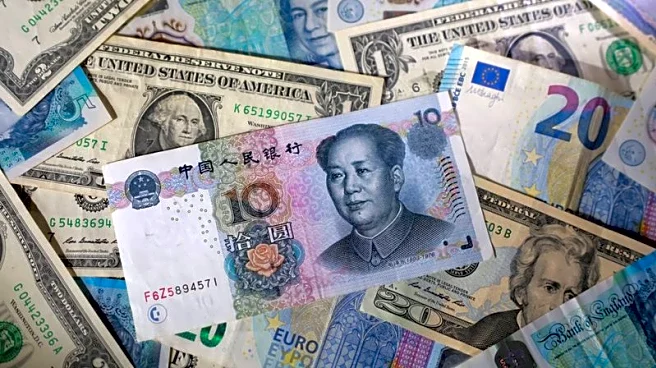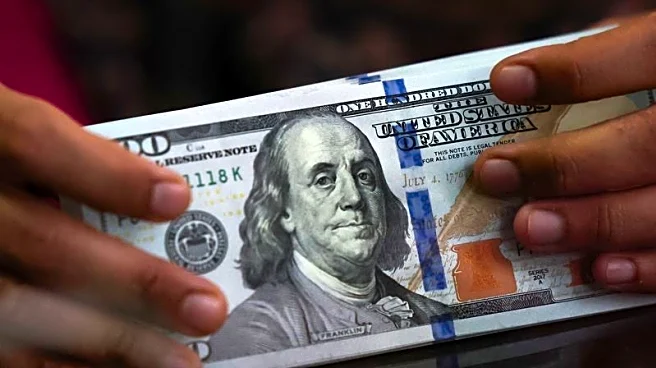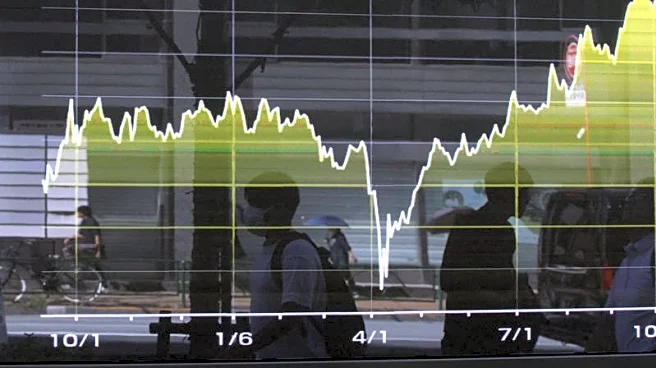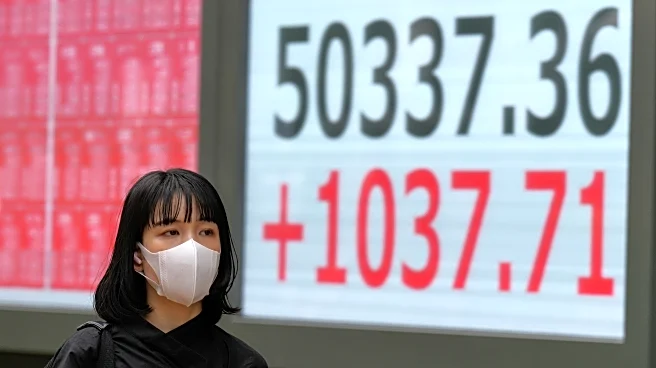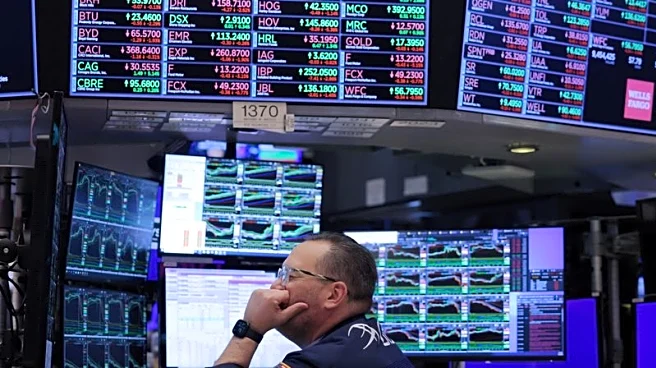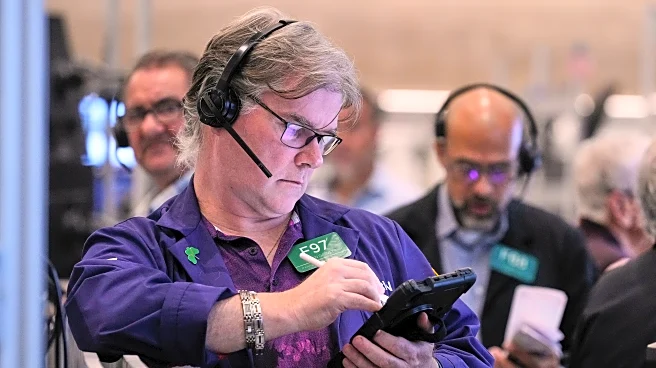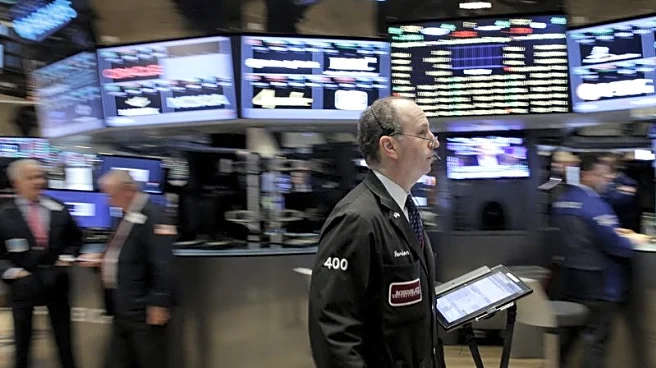What's Happening?
The U.S. dollar exhibited mixed performance on Monday, following a six-day rally against the yen and a three-day losing streak versus the euro. This fluctuation comes as investors anticipate a week filled with central bank meetings and trade negotiations.
The Federal Reserve is concluding its two-day policy meeting on Wednesday, while the European Central Bank and the Bank of Japan are set to announce their rate decisions on Thursday. President Trump indicated that the U.S. and China are nearing a trade agreement, with a meeting between him and Chinese President Xi Jinping expected later this week in South Korea. The Chinese yuan has risen to a one-month high against the dollar, reflecting optimism ahead of the trade talks.
Why It's Important?
The mixed performance of the U.S. dollar is significant as it reflects investor sentiment and expectations regarding upcoming central bank decisions and international trade negotiations. The Federal Reserve's anticipated rate cut and potential changes to its quantitative tightening program could impact financial markets and economic conditions. Additionally, the trade discussions between the U.S. and China hold substantial implications for global trade dynamics and economic stability. A successful trade agreement could bolster market confidence and influence currency valuations, particularly the dollar and yuan.
What's Next?
Investors will closely monitor the outcomes of the central bank meetings and trade negotiations. The Bank of Japan's potential rate hike and any hawkish guidance could significantly affect the yen's value. Meanwhile, the Federal Reserve's decisions regarding rate cuts and quantitative tightening will be pivotal in shaping market expectations and the dollar's trajectory. The trade talks between the U.S. and China could lead to shifts in global trade policies, impacting various industries and economic stakeholders.
Beyond the Headlines
The ongoing trade negotiations and central bank decisions highlight the interconnectedness of global economies and the influence of monetary policies on currency markets. The potential for a trade agreement between the U.S. and China underscores the importance of diplomatic relations in fostering economic stability. Additionally, the Federal Reserve's approach to quantitative tightening and rate adjustments reflects broader economic strategies aimed at managing inflation and supporting growth.


